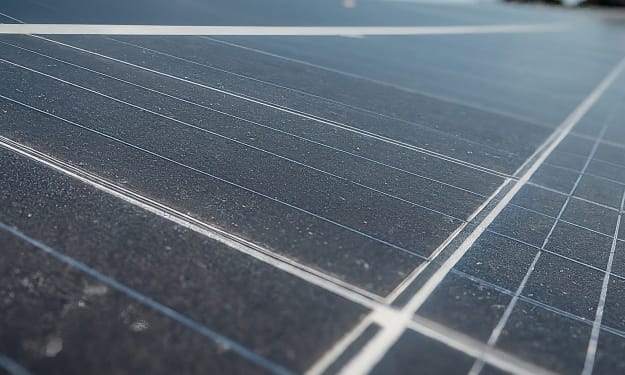Unveiling the Enigmatic
Evolution's Trail of Vestigial Body Parts

Introduction:
The human body is a fascinating tapestry of evolutionary history, woven with adaptations that have transformed over time. Delving into the intricacies of our anatomy reveals a captivating story of vestigial structures—once crucial but now often dismissed as useless remnants. This exploration takes us on a journey from head to toe, unraveling the mysteries of these intriguing body parts that offer glimpses into our evolutionary past.
Unearthing the Vestiges:
From the head down to the toes, the human body showcases remnants of its evolutionary journey. The auricular muscles, once significant for sound localization, linger as rare remnants that hint at a time when our ancestors could move their ears to capture sounds like our animal counterparts. The vestigial nature of these muscles is evident as they no longer serve their original purpose but still evoke intriguing neural responses when we hear a sound.
The Silent Witness of Plica Semilunaris:
Another subtle vestige resides in the plica semilunaris, a tiny fold in the medial corner of the eye. It marks the evolutionary echo of a third eyelid found in animals like dogs and reptiles. The nictitating membrane, or third eyelid, once essential for protecting and moistening the eye, remains as a faint remnant within our own anatomy. The plica semilunaris, though functionally minimized, stands as a testament to our evolutionary heritage.
Wisdom Teeth and the Changing Diet:
Wisdom teeth, or third molars, offer a glimpse into the changes our diet has undergone. Once vital for grinding leaves and vegetation, these molars became less significant as our ancestors transitioned into omnivorous lifestyles. The shifting diet prompted changes in facial structure, including the flattening of the face and the development of a pronounced chin unique to Homo sapiens. However, the vestiges of wisdom teeth continue to pose challenges, often requiring extraction due to misalignment.
Musings on Muscular and Skeletal Relics:
Erector pili muscles, responsible for creating goosebumps, stand as another intriguing example. While their function might appear redundant in humans, they are reminiscent of the puffing-up mechanism seen in animals, which enhances their size during displays of threat. Similarly, the pyramidalis muscle, although seemingly vestigial in humans, hints at a possible role in supporting the abdomen, even as its function remains enigmatic.
The Evolution of Function and Form:
The coccyx, commonly referred to as the tailbone, serves as a vestigial structure—a remnant of our distant tailed ancestors. Its presence attests to the evolutionary journey that has led us to our current form, despite the tail's eventual obsolescence. Meanwhile, the plantaris muscle, diminished over time, reflects adaptations that prioritize efficiency in bipedal locomotion.
Unlocking the Secrets of Male Nipples:
Intriguingly, male nipples, often considered redundant, carry an unexpected purpose. These structures serve as erogenous zones, contributing to sexual pleasure. While male nipples lack the functionality of breastfeeding, they showcase the intricate interplay of anatomy and function—a reminder that even vestiges can hold significance.
Appendix: A Resurgent Revelation:
The appendix, long labeled as vestigial, has recently unveiled its utility. Contrary to previous notions, the appendix houses helpful bacteria that aid the gut during times of need. This once-dismissed structure showcases the intricacies of evolution—a reminder that what seems redundant might harbor hidden significance.
Footprints of Evolution:
Flat feet, while sometimes seen as a modern concern, are a product of our evolutionary history. The double arch system of our feet has evolved to facilitate bipedal locomotion, a distinctive feature of our species. Yet, deviations from this structure, such as flat feet, can remind us of the delicate balance between evolutionary adaptations and modern lifestyles.
Conclusion:
The human body is a repository of history, an intricate tapestry woven with the threads of evolution. Vestigial structures, once vital but now repurposed or dormant, tell a story of adaptation and transformation. From remnants of ear muscles to the appendix's newfound significance, our anatomy carries echoes of our ancestral past. These vestiges challenge us to consider the intricate dance between form and function, offering insights into the journey that has sculpted our species over millennia. As we contemplate the vestiges within us, we gain a deeper appreciation for the complexities of life's continuous evolution.
Share your thoughts in the comments below. If you find this information intriguing, feel free to like and share this article with your friends. To satisfy your curiosity further, click on my profile to check out other articles and stay informed by my side.
About the Creator
Maureen Ejikeme
I'm a writer bringing you the most information on Mystery, Facts, News and Psychology.






Comments
There are no comments for this story
Be the first to respond and start the conversation.